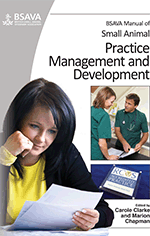
Full text loading...

For some, the many acts and regulations pertaining to health and safety are simple bureaucratic ‘red tape’ that puts too great a burden on small and medium-sized enterprises, and hinders them in their efforts to get on with the business of doing business. This chapter explains the importance of a health and safety policy, assigning responsibilities, risk assessments, lone working, accident recording and investigation, first aid facilities and procedures, electrical appliances and gas appliances.
Principles of health and safety, Page 1 of 1
< Previous page | Next page > /docserver/preview/fulltext/10.22233/9781910443156/9781910443156.22-1.gif

Full text loading...












